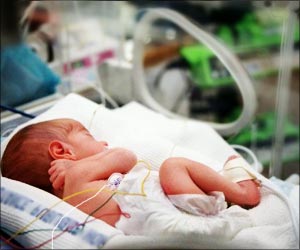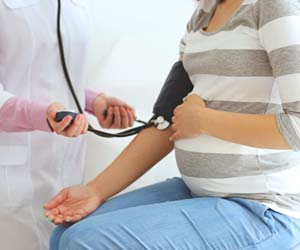Majority of female high school athletes and non-athletes suffer from one or more components of the female athlete triad, a combination of three conditions that can lead to cardiovascular disease.
Majority of female high school athletes and non-athletes suffer from one or more components of the female athlete triad, a combination of three conditions that can lead to cardiovascular disease, according to a new study by Medical College of Wisconsin researchers in Milwaukee.
The study results were presented today at the American College of Sports Medicine at Indianapolis, by Anne Z. Hoch, D.O., associate professor of orthopedic surgery and physical medicine and rehabilitation at the Medical College, and director of the Froedtert & Medical College Sports Medicine Program. She is also a member of the Medical College’s Cardiovascular Center.Dr. Hoch found that 78 percent of female high school athletes and 65 percent of female high school non-athletes display one or more components of the female athlete triad. The triad is a combination of three conditions – low energy availability, menstrual abnormalities and low bone mineral density – that often leads to the same steroid and hormonal profiles as postmenopausal women.
“We are concerned that non athletic girls have some of the same components of the female athlete triad as athletes and are in fact at greater risk for low bone density,” says Dr. Hoch. “These young women are under great pressure to conform to society’s standards of body image. In an effort to lose weight, they are restricting their caloric intake and adapting unhealthy nutrition habits.”
The study, conducted at Froedtert Hospital, examined eighty varsity athletes and eighty non-athletes at an all-girls school in Milwaukee. Ninety-three percent of non-athletes were found to have calcium deficiencies, compared to 74 percent of athletes.
“Most important and alarming is that 30 percent of the non athletes versus 16 percent of athletes were found to have low bone mineral density putting them at greater risk for developing osteoporosis earlier in life,” says Dr. Hoch.
Both groups showed little difference in low energy availability, with 39 percent of non-athletes and 36 percent of athletes reporting this condition.
Advertisement
“Change in endothelial function is the seminal event in cardiovascular disease,” says Dr. Hoch.
Advertisement
“We not only need to educate athletes about the consequences of the triad, now we must educate all students about the harmful effects of a restrictive diet in the adolescent period,” says Dr. Hoch.
Source-Newswise
SRM











